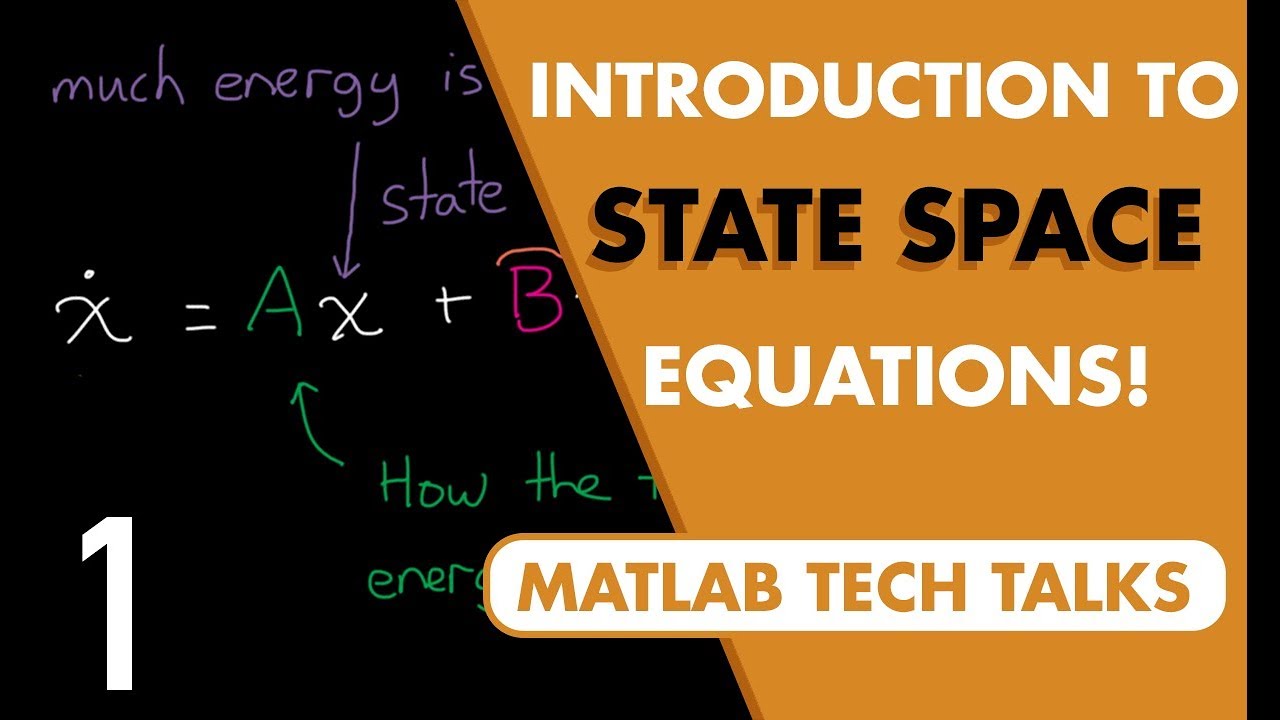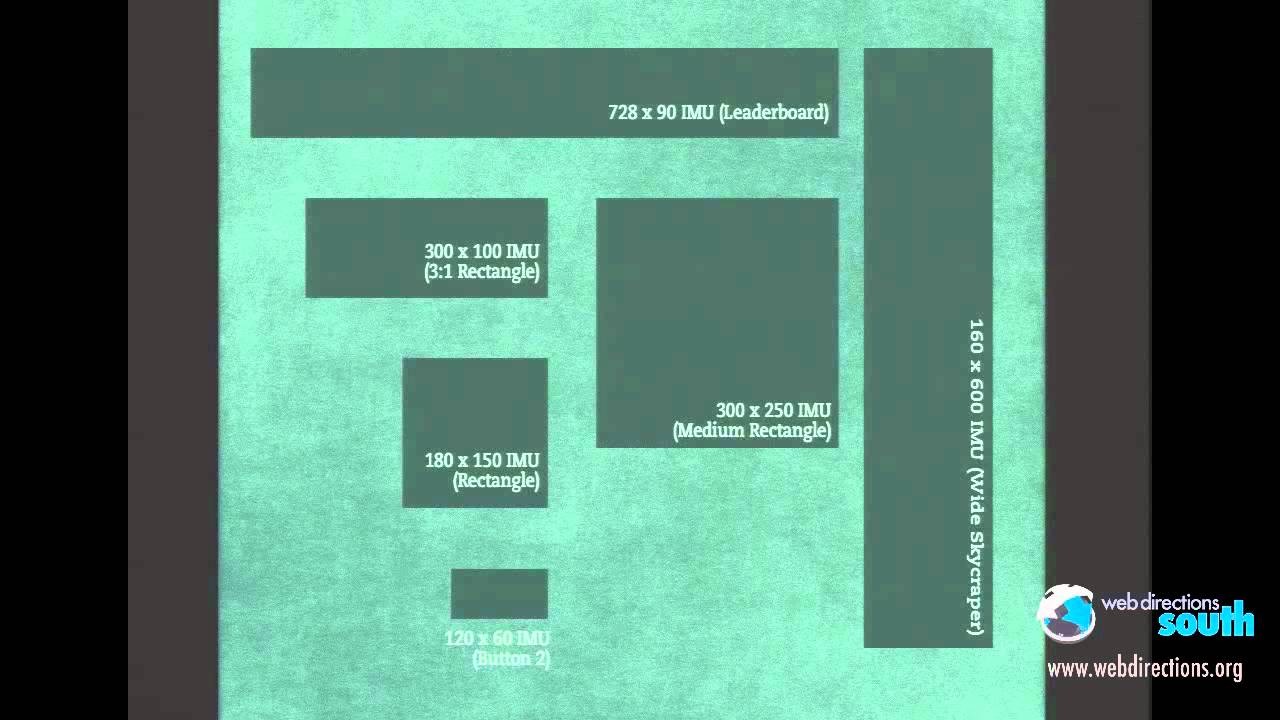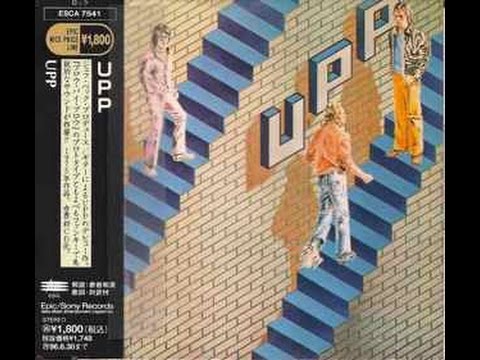MATLAB
Let’s introduce the state-space equations, the model representation of choice for modern control. This video is the first in a series on MIMO control and will provide some intuition around how to think about state variables and why this representation is so powerful.
Having a solid foundational knowledge of state space and state variables will help you learn the control techniques built on state space models like Kalman filtering, LQR control, robust control, and model predictive control.
– State-Space Models, Part 1: Creation and Analysis: http://bit.ly/2H0TOqj
– State-Space Models, Part 2: Control Design: http://bit.ly/2H1Ymgc
– Dr. Rick Hill’s explanation of choosing states based on energy: http://bit.ly/2GZyUrD
Get a free product Trial: https://goo.gl/ZHFb5u
Learn more about MATLAB: https://goo.gl/8QV7ZZ
Learn more about Simulink: https://goo.gl/nqnbLe
See What’s new in MATLAB and Simulink: https://goo.gl/pgGtod
© 2019 The MathWorks, Inc. MATLAB and Simulink are registered
trademarks of The MathWorks, Inc.
See www.mathworks.com/trademarks for a list of additional trademarks. Other product or brand names may be trademarks or registered trademarks of their respective holders.
Source




kindly make a video on how to drive the state space equation for robotic arm
Great video!
Your presentations are so good!
awesome lecture!
This is simply amazing!
Thank you Brian. Very interesting
<3
How are the two equations derived?
thank you brian always you got the top mark
I was wondering which software you use in the lecture ? I liked it
Spring mass system, Eign Values and Eign Vector
https://youtu.be/xzD0DsABMiU
Watch a video of Brian Douglas it's like watch a movie of Will Smith, you know it will be awesome
Great video. Thank you Matlab
Plz provide video for robust control techniques
How can write the code for this eq.
x ̇=α[y−x−m1x− 0.5*(m0−m1)(|x+1|−|x−1|)]
Amazing video, nice to go back to the basics! Sometimes you forget what you’re actually working with 😅
Hi, Can you talk about Harmonic State Space Model with a simple example, Please.
Most decent tutorial aside from katkimshow.
I love the style It is a great job. Thank you. And how to make a video in this style?
Brian, you are bad to the bone… All your videos show different views and insights. Any chance you could make a video on MIMO systems no one can cover this correctly special in state-space form. Let's say we have Pressure and Temperature coming in one output representing this equation then one wants to see the Pressure and Temperature as single units on the output as well. 2 in x 3 out.
listen by switching to 0.75x speed and save a life 🙂
Thank you of the explanation! Really clear information to help visualize what is happen beyond numbers.
please i want to know what is the name of that program ,that you are using in writing ,and how can i find it
thank you because of your amazing videos ,i wish that all teachers like you
can't even get a single word
This is Awesome!!!!
legendary brain coming back
Hi, how to identify the state variables in the state space models' equations ; means to know that which state of the system is being represented by the variables?
It's so good see Brian here MATLAB.. I miss his channel
cool video!
hey, it is Brian Douglas!
May I know the software used for it ? To create those sketches for describing video.
Hi ! I was wondering how to formulate the state space matrices from differential equations when there is a white noise associated with one of the parameters. For eg:d x1/dt = V*x1+2* u where V= 8+ white noise with variance .2 and u is input
Perfect, simple, clear, without any fuzziness… thanks!
This is like explanation of Kalman Filter basics. Great video!
TOO FAST !!
Excellent video , thanks. Do you have any video about braking force in electric vehicles?, with state space equations, please.
Hi Brian, is this concept applicable in state space time series model?
These videos are amazing!
thanks
Brain
thanks brian ….
If you differentiate the position value, you get velocity.
Then we can express it in a first-order way, not in a second-order way?
Hey Brian! Excellent work, you make everything look so easier and super intuitive
learned more in this video than in the first 10 lectures of my state variables class, thanks Brian Douglas
Brian the LEGEND Douglas at it again! Thank you so much for your tutorials Brian! They're INCREDIBLY helpful
I studied Control Systems 5 years ago at University. The teacher was awful and the lectures were boring as hell. I still dont know how I managed to pass… Anyway, I found this video incredibly well explained: easy, clear and concise! I think that I have learnt more about the basics of Control System in these 14 minutes than I did in 3 months of lectures at University. Big thanks!!